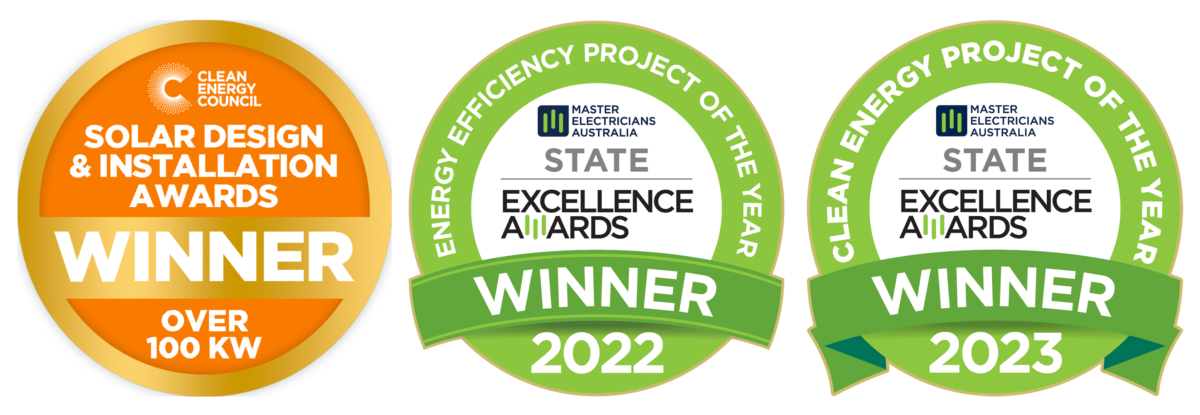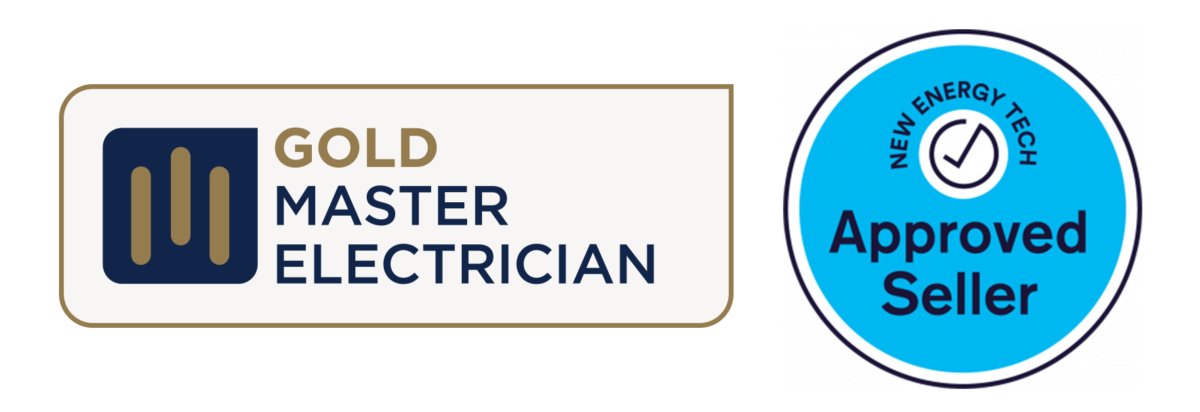So you’ve had your solar panel installation, what next?
When installing solar, a lot of people think that the process is finished as soon as the solar panels are up on the roof. However, there are crucial steps that you should be following after your installation to make sure your system is working to the best of its ability.
Here is a checklist of things you should be doing once your installation is complete.
1. Conducting a DIY check after your solar panel installation
Once your solar panels have been installed, there are certain things that you can easily check yourself to ensure they are performing well.
We recommend that as soon as it is set up, you inspect whether your system is performing to regulation. A good indication to know is that on a sunny day, a 6.6kW system should produce around 32kwh per day of energy. If your system is underperforming, it hasn’t been commissioned correctly or you could have low quality panels. Some panels may also not be plugged in properly, in which case you should contact your solar installer.
Something else you should be checking is the condition of your roof. If you have a tile roof, you should ensure that no tiles have been cracked, especially underneath your panels, and that no roof ridges tiles are cracked. You should also be checking your valleys as they are very fragile. After the first rain fall, we also recommend checking that there are no leaks in your roof.
If you have a tin roof, ensure your installers have not creased your roof. This is where they put dints into the sheet irons by not walking correctly across your roof with heavy solar panels. We also we recommend you check there are no creases in the valleys and ridges. This is an essential after-install check so that your ceiling doesn’t collapse after it rains.
2. Changing your meter
If your current meter is a traditional accumulation meter, it will need to be replaced with a smart meter. Traditional electricity meters can only measure electricity that flows one way, meaning that it doesn’t measure any electricity that you feed back to the grid. Once your solar meter is set-up, you will start benefiting from earning credits with your feed-in tariff to reduce your power bill.
New meters are provided by your electricity distributor. In Queensland, you will be charged for the meter upgrade through a ‘solar meter charge’, which will then be added to your electricity bill.
3. Shopping around for a good feed-in tariff
If you live in South East Queensland, there is no mandated rate for electricity exported to the grid, so electricity retailers are able to offer competitive market-based tariff rates. This means that you should be shopping around for the best rate. Feed-in tariffs usually fall around the range of 6-15c/kWh, which is generally lower than the price of retail electricity purchased from the grid.
4. Adding solar to your home insurance
The majority of insurance providers consider fixtures like solar panels to be part of your building, so they include coverage within their home insurance policies.
However, you should be double checking that your solar panels are reflected in your sum insured. Installing solar panels increases the amount you would need to replace everything if something went wrong. Consequently, you could end up underinsured if you don’t update your sum insured. It is also good to note that installing solar panels increases the value of your property, which will in-turn affect your home insurance premium.
5. Maintenance
Dirt build-up on solar panels can reduce your energy yielded by up to 2.5%, which is why it’s important to get your solar panels cleaned every 2 years. Doing this yourself can be a dangerous task, and you also need special products to get the job done right. That’s why you should leave it to professionals. At Goodhew, we provide a full cleaning and maintenance service; you can find out more here.


